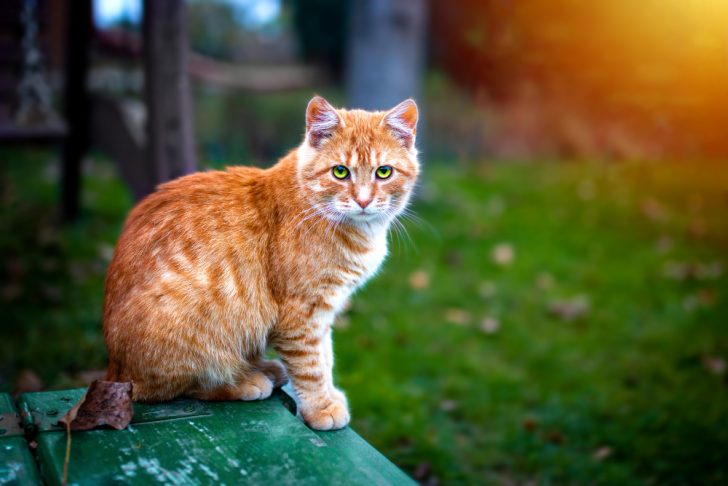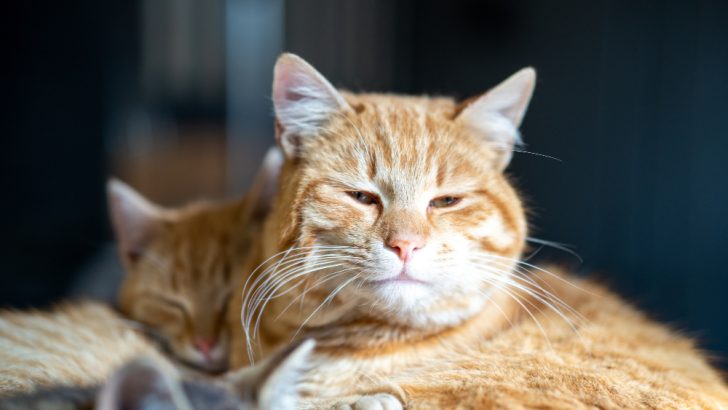Why Are Ginger Cats Orange? Scientists Finally Have the Answer
Ginger cats are everywhere, on memes, on couches, and in pet owners’ laps across the globe. But what makes ginger cats orange? It is a question that has puzzled scientists and cat lovers for decades. Recently, two research teams, one from Stanford and another from Kyushu University in Japan, finally cracked the code.
And the answer? It is all in the genes.
Ginger cats get their orange hue from a specific genetic mutation. Unlike the way other mammals inherit fur or hair color, ginger cats follow their own rules. Scientists always suspected something different was going on, and now, thanks to years of research and thousands of DNA samples, they have nailed down the cause.
Scientists hit the road, attending cat shows from California to Brazil, collecting cheek swabs and building a massive feline DNA library.
The team talked to breeders, pet owners, and even trap-neuter-return groups handling feral cats. Everyone pitched in. Turns out that people love talking about their cats. They were happy to contribute fur brushes, photos, and DNA samples.
Getting the DNA Was No Small Feat

Freepik / Researchers noticed ginger cats didn’t follow normal patterns of color inheritance seen in dogs, mice, or even humans. That oddity kicked off a full-on genetic investigation.
Collecting DNA from cats is not easy. Try sticking a swab in a cat’s mouth and you will see why. But with practice, researchers pulled it off. After processing more than 3,000 samples, they noticed something striking in the ginger cats’ genetic code.
They found a mutation. A tiny piece of DNA was missing, right near a gene called ARHGAP36. That gene is not usually active in pigment cells. But in ginger cats, it switches on and triggers orange fur.
That is the breakthrough. This single tweak flips a biological switch and turns these cats into walking Cheetos.
Instead of copying human genetics, cats rewired the system. That is why this research matters beyond just cats. It tells scientists how one small mutation can control color in a brand-new way.
The Science Behind the Fur Color

Freepik / This mutation works on the same biological pathway that gives some humans red hair. But it works in a totally different way.
Ginger cats, with their bold color and curious nature, have always stood out. But now, we know why. That little missing chunk of DNA flips a pigment switch and paints the cat orange.
This insight could lead to more than just understanding fur color. It opens the door to studying how genes control other traits, even in humans. If we know how a gene gets activated in the wrong place, maybe we can also figure out how to turn it off in diseases. Or tweak it in other animals. The implications are big.
Ginger cats have carried this genetic mystery for centuries. Now, they are helping teach the world about genetics, evolution, and collaboration between science and everyday people.
So, the next time you see a ginger cat stretched out in the sun, remember that there is a genetic switch behind that vibrant orange coloration. It took years of research, thousands of cheek swabs, and the passion of cat lovers everywhere to find it. But now we know. Ginger cats are orange because nature got creative.